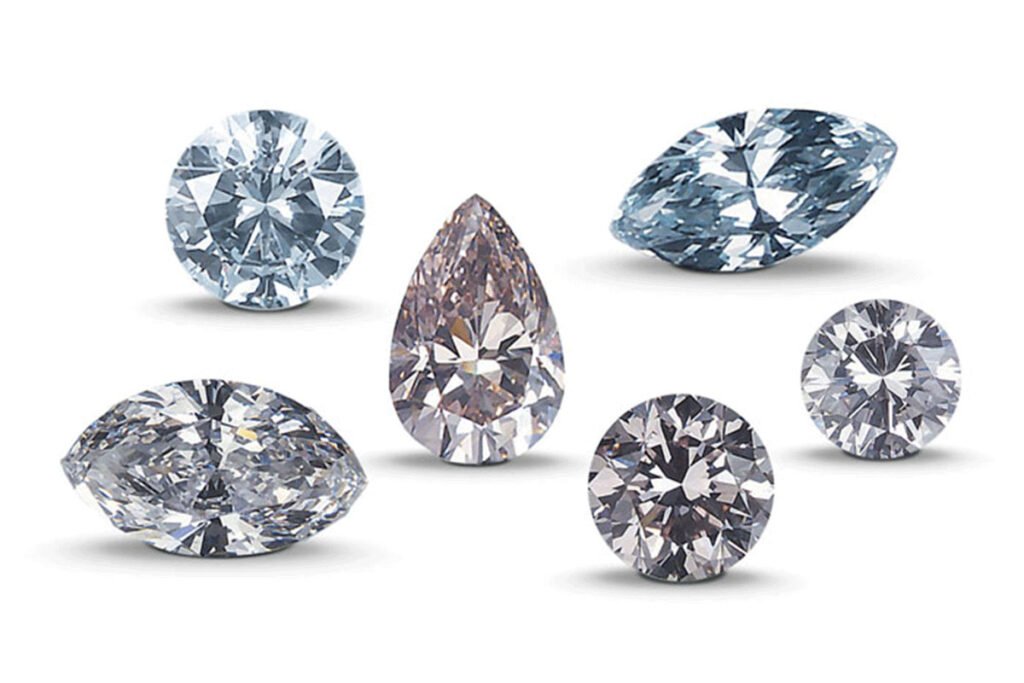When people go out to buy a diamond, two things preoccupy their minds: quality and budget. And if you are a newbie, you will find soon enough how difficult it is to find the middle ground between the two. Either the gem that catches your fancy is well out of your budget. Or, if you have the budget, nothing has caught your fancy in carat weight, color, and clarity. Well, don’t give up just yet. You may find the solution to your conundrum by shopping for treated diamonds. It may take you a little while to find them as they are not so common. But there are stores that sell them and they are as sparkly and brilliant for a lot less amount of money.
What is Treated Diamond?
Treated diamonds are natural diamonds that are given extra processing to improve either their clarity or enhance their color.
Since diamonds became valued gems, people have tried using paint or coatings to enhance their color or clarity. That was the ancient version of the diamond treatment. Then in the early 20th century—when irradiation and HPHT annealing became available—diamond treatment was given a modern face.
Now, modern gemologists and diamantaires (gem-quality diamond producers or manufacturers) have a broad spectrum of color and clarity treatments available to them These can range from simple to highly-sophisticated, easily detectable, or highly elusive diamonds. Some give permanent results while others are temporary.
Whatever it may be, diamond treatment serves two purposes—to improve diamond clarity and color.
Diamond Treatments for Enhancing Color
Color-enhancing diamond treatments are intended to alter or enhance the natural color of a diamond. For example, treating a naturally-white diamond can make it look more white or enhance any other color, such as in the case of fancy yellow lab-grown diamonds.
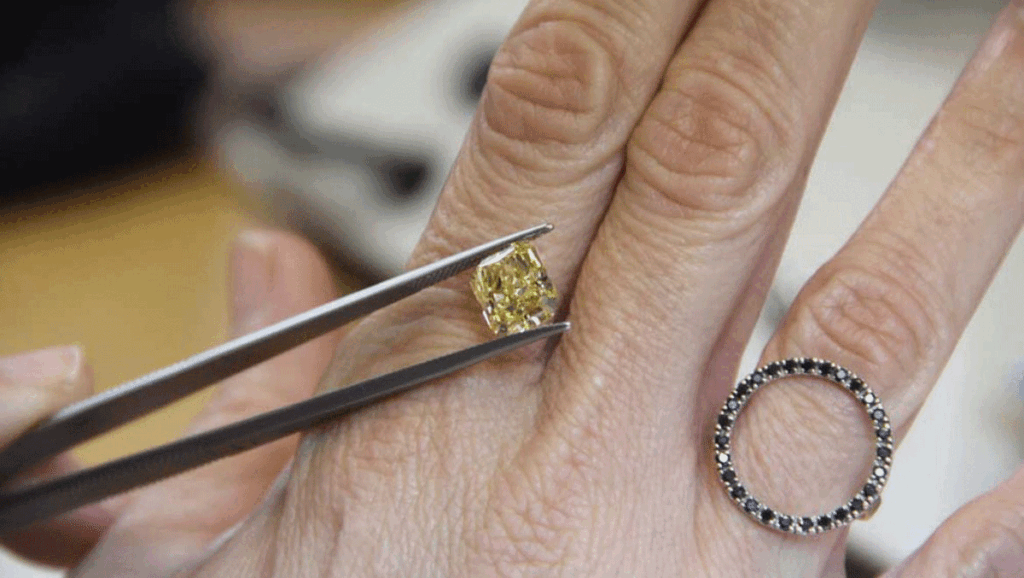
Several color-enhancing diamond treatments are available, giving different results. Here are some of them:
Irradiation
Irradiation creates green, blue, brown, yellow, black, and other diamond colors. While this treatment process may look enticing, irradiated diamonds are heat-sensitive. Frequent repairs, recutting, or repolishing may change the gem’s color.
Annealing
Annealing is a process of controlled heating and cooling and is often used after irradiation. The purpose of this diamond treatment is to change its color to brown, orange, or yellow. Some processes produce pink, red, and purple, as well.
If used by itself (without prior irradiation), it produces a series of colors, i.e., blue to green to brown to yellow. The treatment is stopped when the desired color is achieved.
Take note, however, that the color of an annealed diamond may change if heat is applied during routine repair or maintenance.
High Pressure, High Temperature (HPHT):
The same process that creates lab-grown diamonds can also be used for diamond treatment. HPHT can turn brown diamonds colorless or to any other color like yellow, greenish-yellow, or green.
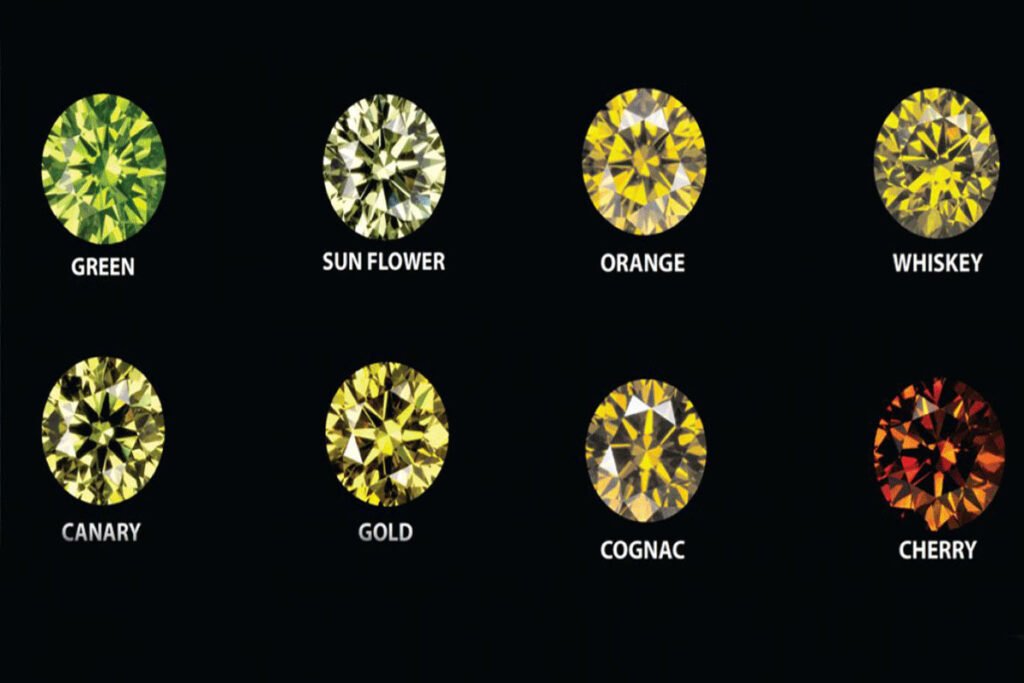
Aside from being used in the creation of lab-grown diamonds, the HPHT process can also produce pink, blue, and orange-yellow diamonds. And if followed by annealing and irradiation, it can yield pink to red to purple colors. HPHT treatment gives permanent results.
Coatings
Diamond treatment can also be in the form of silica coating applied on a polished colorless or near-colorless diamond to produce a variety of natural-looking fancy colors such as pink, orange, yellow, blue, and purple.
Coatings can be fairly durable but not permanent. They can be scratched and damaged by heat and chemicals during repairs and re-polishing.
Color-treated diamonds are popular among people who love colored jewelry. Not only do they shine as much as natural diamonds, color treated diamonds price is also lower than that of the untreated variety.
Are Treated Diamonds Real Diamonds?
Yes, they are real diamonds. They are not synthetic or lab-created. They are real and natural diamonds given some treatment for enhancement purposes.
But are treated diamonds worth anything? The short answer is yes. In fact, assuming the same carat weight and quality, the price profile of treated diamonds vs untreated is 30 to 50% less. Diamond Traces has an excellent presentation of the price mechanics between these two types of diamonds.
Diamond Treatment for Clarity
If you are looking for a diamond that would look nice when worn and not an investment, then you are in the right place. Go on until the end of this article.
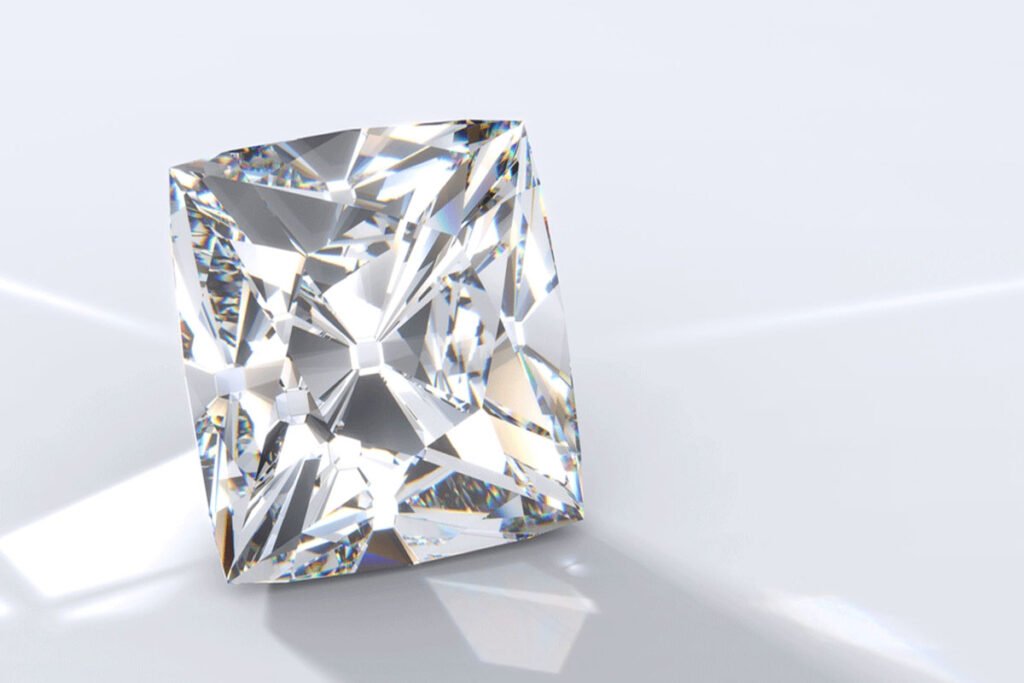
To start off, diamond clarity treatment is often applied to diamonds, with blemishes and inclusions visible to the naked eye. Of course, not all diamonds are treated. Only those with poor clarity grades like I1, I2, or I3. The treatment processes, to be elaborated on later, may involve deep boiling, laser drilling, special laser drilling, or fraction filling. Regardless of the method, the purpose is either to remove a dark inclusion or to hide it with a filler—or both.
Of course, diamond clarity treatment impacts a diamond’s appearance, durability, and value. Reputable labs like the GIA (Gemological Institute of America) don’t certify most clarity-enhanced diamonds because the treatments don’t provide long-lasting results. This fact makes the question, “how can you tell if a diamond is treated,” seem counter-intuitive because the only way to do that is to check the GIA’s report indicating whether it is treated or not.
Diamond clarity treatment methods
First off, diamond clarity is a generic description of the number, size, color, and location of imperfections within the stone. These inclusions are, in essence, cavities filled with different materials. Hence, clarity treatment is a matter of reaching into those cavities and cleaning them out to enhance a diamond’s clarity.
Yehuda Diamonds created a process of filling diamond cavities with microscopic amounts of patented materials that make them literally disappear to the naked eye.
Other than the Yehuda method, here are some clarity-treatment processes used today:
Deep boiling
Deep boiling involves boiling a diamond in an acidic solution under deep pressure. This is the only clarity-treatment method sanctioned by the GIA.
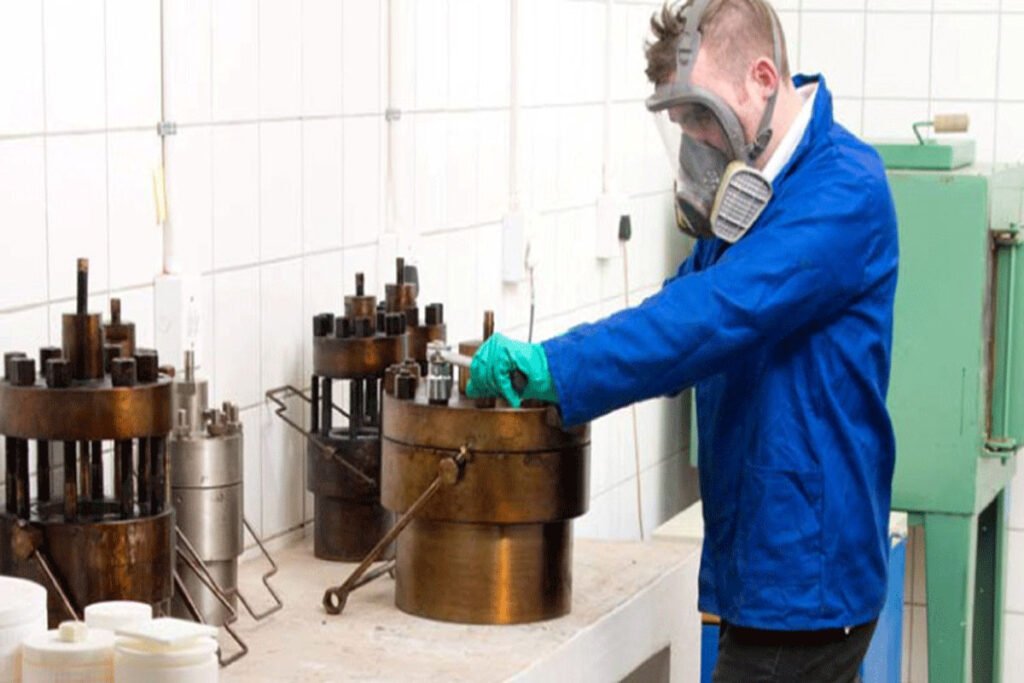
This method is applied only to black inclusions that reach the surface. If the inclusion is confined inside the stone, then the acid cannot reach it to clean it out. Likewise, deep boiling cannot fill in a cavity. It simply removes the black matter inside it. But it does provide a way for filling the cavity with a translucent material.
This method is so common and cheap that diamond manufacturers simply deep boil a batch of diamonds and sort them out later to make sure only those with no more black inclusions are further processed.
Laser drilling
Laser drilling is used on diamonds with black inclusions that do not reach the surface. In this treatment process, a microscopic tunnel is drilled through the diamond using a laser until it reaches the dark inclusion. Once reached, the stone is deep boiled to remove the black inclusion.
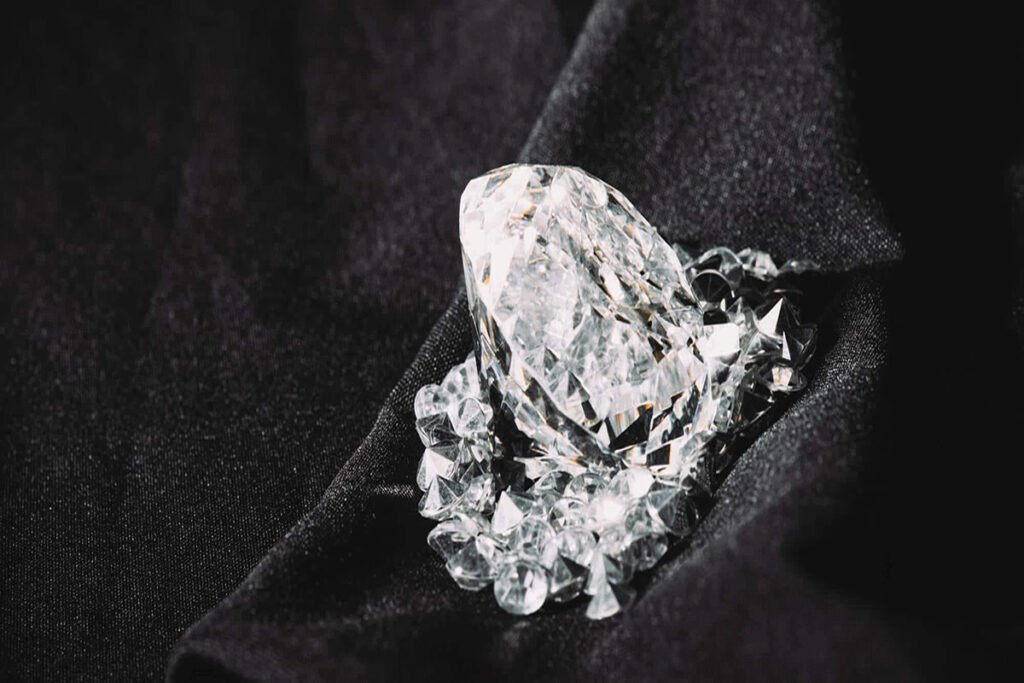
Of course, the laser will leave a microscopic hole in the diamond which is also considered some kind of inclusion. Hence, this treatment is not GIA- approved and anyone selling such kind of diamond must declare it to be so.
Special laser drilling
Special laser drilling does not drill a microscopic tunnel from the surface of the diamond to the inclusion but slices a microscopic plane through the diamond until the black inclusion is reached.
Though this method also creates a microscopically thin inclusion, it is appealing in two ways:
First, the place created by this treatment process is more natural-looking than a tunnel and unscrupulous diamond dealers (and there are many) may sell them as something “natural” to the stone. Besides, it is more difficult to detect than a tunnel.
Second, flat plane inclusion is more easily filled than a tunnel.
Fracture filling
Fracture filling involves filling the inclusion cavity (created by deep boiling or laser drilling) with a tiny amount of a special compound of silicon and other compounds.
This treatment method is mostly used for “feather” type inclusions—clean empty cavities that when filed by the special compound, become nearly invisible.
Fracture filling is often used together with special laser drilling to reach inclusions beneath the surface of the diamond.
Of course, this method can only be used if the inclusion reaches the surface of the diamond. For this reason, diamonds that are to be fracture-filled are first “special drilled” special filled to open it up for the application of the compound.
Pros and Cons of Clarity Diamond Treatment
Pros
- Less expensive
- Appears eye-clean at a glance
Cons
- Lower in value than natural and untreated diamonds
- No reliable certification. GIA does not certify clarity-treated diamonds
- They have a weak structure and durability
- Cleaning is difficult because it cannot be cleaned using ultrasonic or high temperatures.
- It may appear hazy or cloudy over time
- Difficult to trade or resell
- Repairing or resizing a ring can be difficult due to temperature restrictions
- Jewelers and cleaners must be notified so they will handle a treated diamond more carefully.
What all these mean is that buying a treated diamond engagement ring (like the one in this Finks review) is not the way to go. You can get better value for your money with natural diamonds. Or, if push comes to shove, buy lab-created gems. They can look beautiful and sparkly as well.
Why Buy Clarity-treated Diamonds
Clarity-treated diamonds may not cause a blip on the radars of people who have the money and want nothing less than the undiluted and untampered sparkle and beauty of natural diamonds. But they are available enough to keep a presence in the diamond jewelry market.
Clarity-treated diamonds value is, of course, lesser than the untreated varieties. But they sparkle no less (unless you poke at them long and close enough). They are still diamonds and the treatment processes they went through did not diminish their optical properties as light travels through the stone. They still sparkle and scintillate, making them comparable to a certified diamond of the same grade.
One of the biggest reasons for clarity-treated diamonds is the cost. They cost relatively lower than untreated diamonds. This means you can buy a bigger stone with enhanced clarity at a price that won’t break your bank account.
Just think of these windfall benefits if you buy clarity-enhanced diamonds:
- Enjoy wearing a larger diamond every day.
- By doing that, you can blow everyone away with the size of your diamond earrings
- Compared to GIA/EGL certified diamonds of comparable size, it is 2-3 times cheaper.
- The clarity-enhancement is guaranteed for life if bought from reputable traders
- There is nothing inherently wrong with buying clarity-enhanced diamonds provided they are certified.
Diamond treatment is the process of improving the total quality of a diamond by removing its inclusions or enhancing or changing its color. Some treatments are stable and permanent while others are not. But they are no less diamonds than any other you can get from a jewelry store.
Now, if you’re interested in the colorless diamond variety, check out our article, “Facts About Colorless Diamonds You Need To Know About.”
